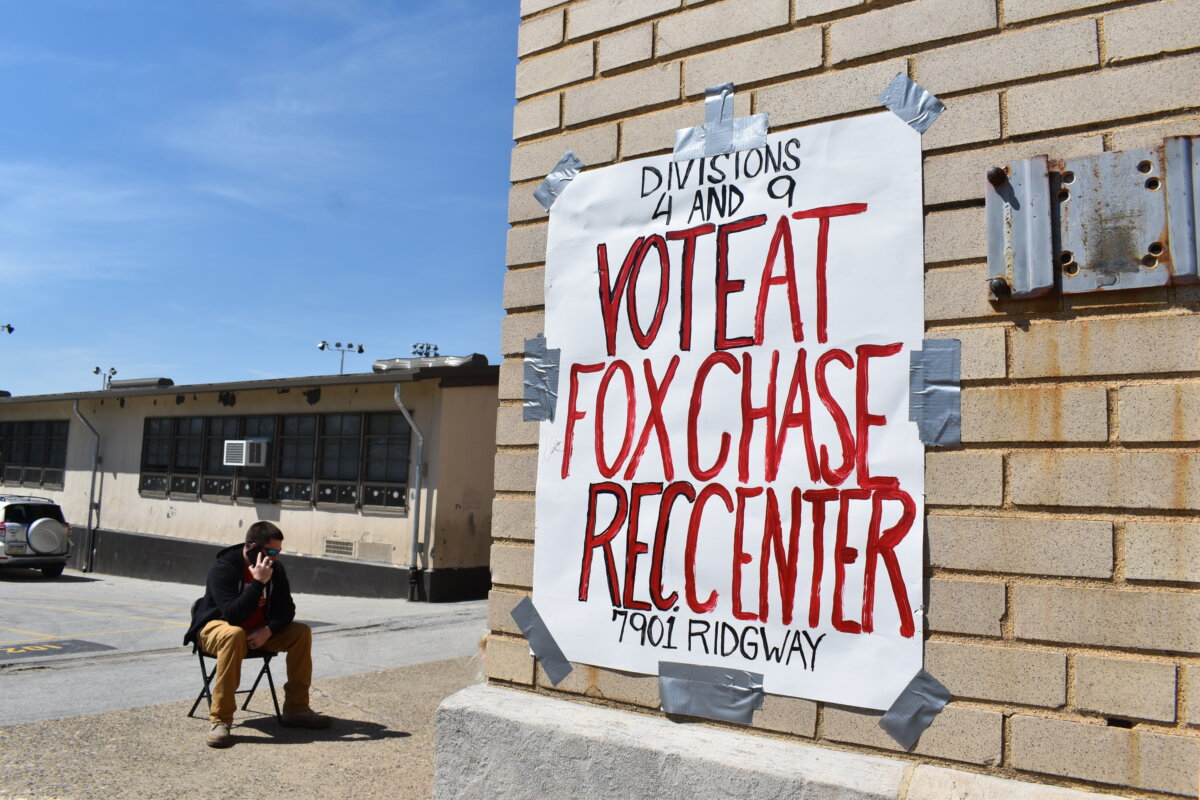Berlin, separated by a wall, was for years the symbol of a divided world. Nowadays, it’s more likely to be thought of as the hippest party city in Europe.
Twenty years after the fall of the Berlin wall, what is left of the former East and West Berlin? Take a bike ride through the city and you’ll find a surprising number of hidden memories of an almost-forgotten era.
On Nov. 9, 1989, inhabitants of the East German Prenzlauer Berg neighbourhood swarmed together at the border crossing in the Bornholmer Strasse to listen to the declaration by government spokesman Günter Schabowski —broadcast live on the West-German television — in which he said that they would be permitted to travel freely through the Federal Republic of Germany.
A journalist asked Schabowski when the freedom of travel would come into effect. “I think, from this moment on,” the official sputtered.
Residents of the dilapidated Prenzlauer Berg rushed immediately to the bridge in the Bornholmer Strasse, and after 48 years, the first hole was smashed through the Berlin wall. The Eastern bloc fell apart like a house of cards.
But these days, at this historic location, there seems to be very little trace of the events that kickstarted the fall of the Wall and the communist regime.
Still, there is some evidence of the Wall, and it can be best discovered by taking a cycling tour. Naturally, the Prenzlauer Berg in the former East Berlin is the ultimate starting point. This 19th century, working class neighbourhood fell into disrepair during the communist DDR (Deutsche Demokratische Republik)-era, and it became a bohemian place.
Cycling over the neighbourhood’s cobblestones, that atmosphere still prevails, as evidenced by the many trendy bars, restaurants, galleries and little shops.
There is a small piece of the wall still standing in the Bornholmer Strasse, and in the nearby car park you can see white stripes on the asphalt that mark the former checkpoint for vehicles.
“Only the paint survived the DDR,” grins our guide. Hidden in the bushes are two dismantled electric facilities: 20 years ago, the safety net underneath the wall where it crossed over the bridge in the Bornholmer Strasse was still charged.
Now it’s just one of the bizarre objects that were completely forgotten in the hurry to get rid of the cursed wall.
From the bridge, we cycle along the rails in the direction of the Bernauer Strasse, the street where the 19-year-old border guard Hans Conrad Schumann escaped to the West on Aug. 15, 1961, by jumping over the barbed wire as the wall was being built.
The moment was caught on camera and seen the world over.
The last hundred metres of the wall remain in Bernauer Strasse, where you’ll also find the Gedenkstätte Berliner Mauer, the Berlin Wall Foundation. It gives insight into the original Wall and its heavy security. Across the street is a museum with an observation tower that can be visited for free, with a view over the former no-man’s-land and the rest of the city. Another must-visit is the museum at the former border crossing point for foreigners and diplomats, Checkpoint Charlie, which tells the story of the many ways in which people tried to escape into the West.
Besides the easier-to-find Wall-related sights — including the church in the Bernauer Strasse that was blown up in 1985 by the DDR — there is still some shocking hidden history.
You can still see the bullet holes from fighting between the Red Army and the Nazis at the end of the Second World War in a wall that separates Garten Strasse from the tracks that run to the Nordbahnhof station. The words Demokratischer Sektor, End and Begin have been chalked in a passageway that used to lead from East to West and which was closed off when the Berlin Wall was erected.
Viewing those words, you’ll find that for a moment you’re transported back to a time that feels long-gone, though it hasn’t been gone for very long at all.
















